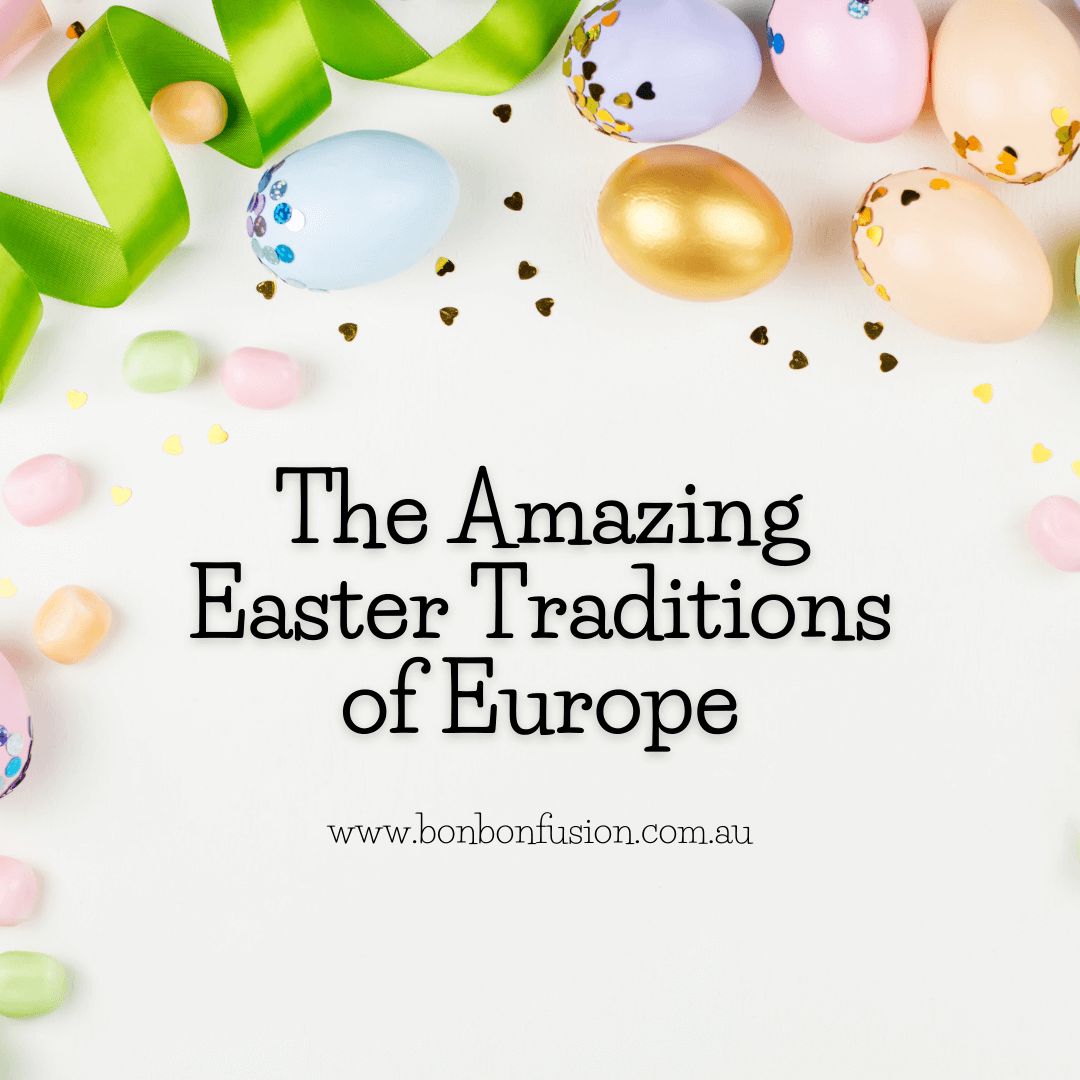Article: The History of the Christmas Cracker
The History of the Christmas Cracker
Ever wondered why there are crackers on so many table settings on Christmas Day? Why it’s a sure sign it’s Christmas when people sit around wearing paper party hats and reading corny jokes? Or maybe you’ve wondered why some people call them bonbons while others call them crackers. If so, read on! (Oh, and we use ‘bonbon’ and ‘cracker’ interchangeably, to cater to all tastes!)

The Origin Story
The story goes that the first Christmas crackers were produced in 1847 by a London sweet maker called Tom Smith. On a trip to Paris, Smith had been so impressed by ‘bon bon’ sweets (sugared almonds wrapped in a twist of pretty tissue paper) that he tried selling similar sweets on his return to England. He also included a riddle or love motto in each one, but they didn’t catch on at first.
(Note to reader – This explains where the term ‘bon bon’ or, more commonly, ‘bonbon’ comes from. Bonbon means ‘candy’ in French.)
In 1849, according to Tom Smith Brand History, Smith modified his bonbons, replacing the almond with a selection of trinkets, toys and jewellery. However, it wasn’t until about 1860 that Smith had a breakthrough with the launch of his new range of ‘Bangs of Expectation’!
There is some speculation as to how Smith came up with the idea of adding the snap. Some say he was inspired when startled by the loud snapping sound of a burning log during an evening sitting in front of the fire. What a fun idea to include a ‘bang!’ as the bonbon wrapping was pulled apart!
Who knows whether this actually took place or was just a nice human-interest story to help move his new product along?
In any case, it’s clear that Smith was motivated enough to buy the chemical recipe for the bang from a fireworks company called Brock’s Fireworks Manufactory in Nunhead, London. And from there, the cracker or ‘cosaque’ was born. (‘Bangs of Expectation’ didn’t seem to last.)
Note to reader – ‘Cosaque’, the initial product name (that also didn’t last), was assumed to be named after the Cossack soldiers who were known for firing their guns into the air as they rode along on their horses. The onomatopoeic ‘cracker’ did catch on and is still widely used today.
The traditional cracker
When Tom Smith died in 1880, his three sons continued to innovate and differentiate their cracker from other products that had come on the market. Son Henry Smith travelled the world looking for novel gift ideas and, in the early 1900s, introduced the now obligatory party hat into the concept design. The hats have always been crown-shaped, perhaps originally as a nod to European Epiphany cakes, which are often topped with a paper crown. Or perhaps they symbolise the crowns that might have been worn by the Three Wise Men.
It wasn’t until the 1930s that the love poems (included in recognition of the many bonbons bought by men to give to women) were replaced by jokes or limericks.
An enduring tradition
It comes as no surprise to our readers that the popularity of the bonbon has extended well beyond the United Kingdom. There’s Australia and New Zealand, of course, and other Commonwealth countries such as Canada and South Africa, and also Ireland. It’s also associated with St Knut’s Day in Nordic countries, such as Norway and Sweden, although the tradition seems to be rather limited in practice.
It's hard to imagine the cracker ever losing its pride of place at the Christmas table. It’s been around since Victorian times and, while a Christmas staple, has long been a feature of other festive occasions as well. The Tom Smith Company created bonbons for bachelor and spinster gatherings (with gifts such as false teeth and wedding rings!), and for Suffragettes and war heroes, among many others. They also continue to cater for special occasions, like Coronations, and make special crackers for the British Royal Family each Christmas.
And, of course, there is a wealth of different gifts available in modern bonbons – perfumes, small musical novelties, custom jewellery, and other more substantial items. None, though, that can rival the unique interactive and fun games offered by Bonbon Fusion!


